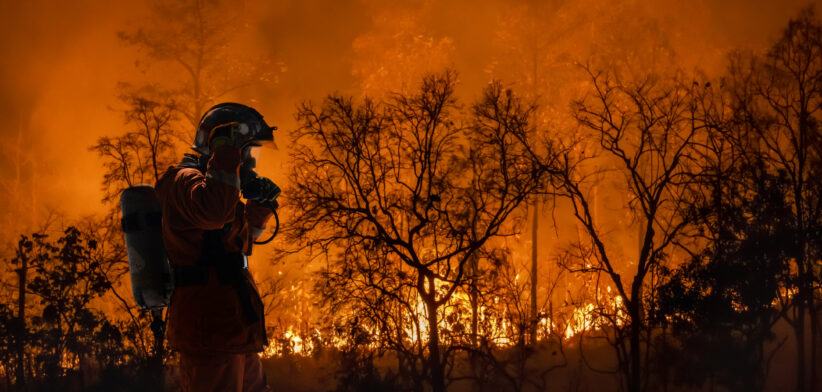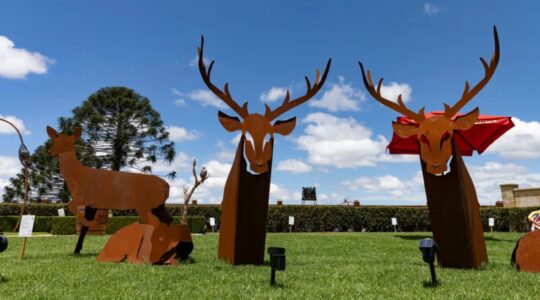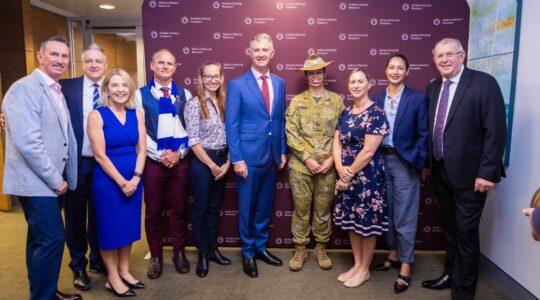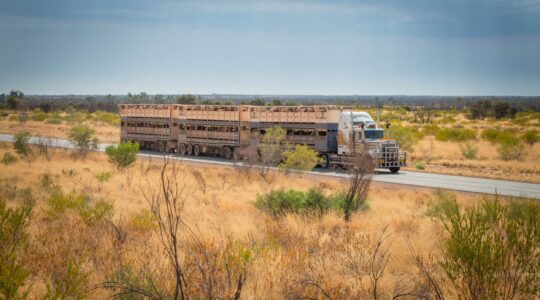A North Queensland trial is one of four under way across the country to test nature-based defences against natural disaster.
The First-Nations led cultural fire management project, which aims to improve landscape health and reduce bushfire risks, is part of new multi-million-dollar national program.
NRM Regions Australia program lead Sarah Hoyal said the National Nature-led Resilience Program, aimed to improve awareness and increase investment in nature-based solutions for climate risks like flood and bushfire.
Ms Hoyal said the new program would draw upon the expertise and experience of Australia’s natural resource management (NRM) sector to provide governments, communities, farmers, businesses and others with the evidence, knowledge, and frameworks needed to support greater uptake of nature-based solutions.
“Nature provides significant protective benefits for people, infrastructure and economies. We need to think of nature as part of our essential infrastructure for climate adaptation and resilience, alongside built or ‘grey’ infrastructure.”
She said regional NRM organisations would deliver an initial set of trials and project enhancements in four states, while an evaluation of over 150 other nature-based solutions sites were also planned.
Additional to the North Queensland trial are:
- In south-west WA, strategic revegetation to create living or green fire breaks on productive land to reduce landscape-level bushfire risks.
- In Tasmania, significant long-term flood recovery works on agricultural land will be evaluated to help design and deliver new flood resilience projects.
- In WA’s northern agricultural region, rehydration of riparian landscapes and stabilisation of hydrological systems to reduce flood and bushfire risks across the landscape.
Ms Hoyal said worsening impacts of climate change and natural disasters required urgent and integrated landscape-scale solutions.
She said nature-based solutions protected, managed and restored landscapes, enabling communities to address and adapt to climate challenges and build resilience to extreme events.
“Over the past six months alone, the Australian economy has taken a $2.2 billion hit from natural disasters that have damaged or destroyed public and private property and infrastructure.
“The Climate Change Authority now projects that if effective action isn’t taken, costs will increase to $8.7 billion per year by 2050.”
Ms Hoyal said research showed that every dollar invested in nature-based solutions returned at least nine dollars to the community in benefits.
“We have to think and invest differently to direct more funding towards resilience actions, rather than disaster response and recovery where most funding currently ends up.”
Learn more about the Nature-led Resilience Project.








